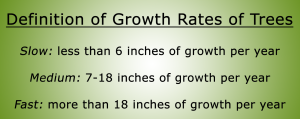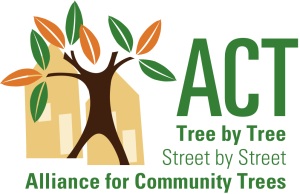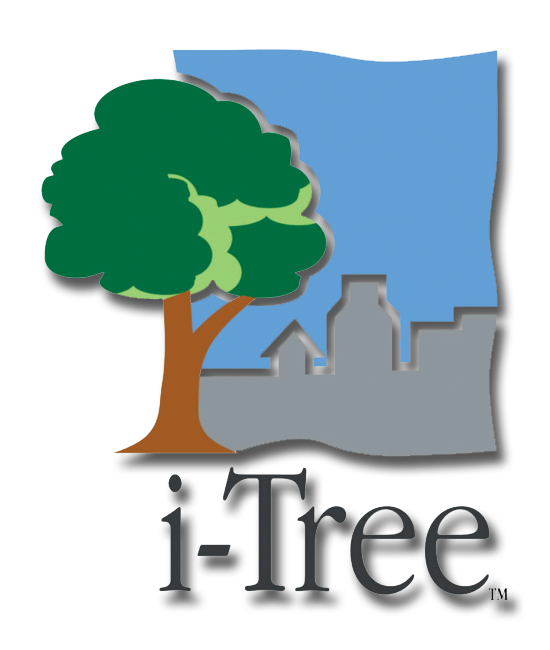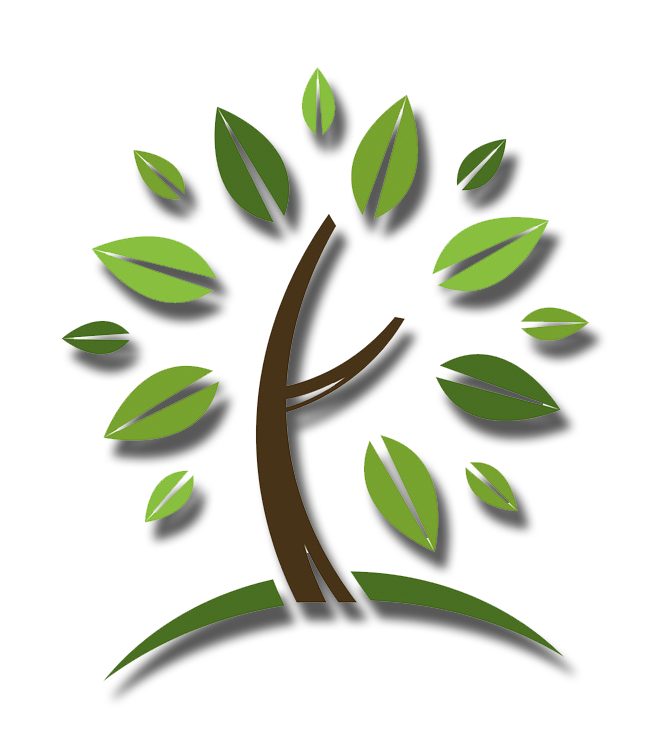"The best time to plant a tree was 20 years ago. The next best time is now." ~Chinese Proverb
Nature's Environmentalist

Most people are aware of some of the obvious benefits of trees. We all enjoy their beauty throughout the year. Who doesn’t love the profusion of flowers in early spring or the comfort of a nice shade tree on a hot summer’s day? Trees also serve as a habitat and food source for wildlife. They even increase property value. But did you know that trees are nature’s oldest environmental stewards. They serve as an air conditioner without all the refrigerants, a truly green air filter, a natural water filter, and the ultimate erosion control system.
Heating and Cooling
 Trees are the most energy efficient heating and cooling system on the market. Proper landscaping with trees can save money throughout the year. Savings on air-conditioning and heating costs can range anywhere from 15% to as high as 50% (65% for mobile homes). The U.S. Department of Energy estimated that planting three trees in the proper location could potentially save the average household between $100 and $250 in energy costs annually. The mechanism responsible for these benefits is primarily the tree canopy. It has been shown that air temperatures directly beneath the tree canopy can be as much as 25 degrees cooler than surrounding temperatures. The reduced temperature is a result of transpiring water and shading of the surface. Hot air rises, cool air settles near the ground. In winter, this same tree serves as natural windbreak, shielding your house from the wind which in turn keeps your home warmer reducing the amount of heat needed.
Trees are the most energy efficient heating and cooling system on the market. Proper landscaping with trees can save money throughout the year. Savings on air-conditioning and heating costs can range anywhere from 15% to as high as 50% (65% for mobile homes). The U.S. Department of Energy estimated that planting three trees in the proper location could potentially save the average household between $100 and $250 in energy costs annually. The mechanism responsible for these benefits is primarily the tree canopy. It has been shown that air temperatures directly beneath the tree canopy can be as much as 25 degrees cooler than surrounding temperatures. The reduced temperature is a result of transpiring water and shading of the surface. Hot air rises, cool air settles near the ground. In winter, this same tree serves as natural windbreak, shielding your house from the wind which in turn keeps your home warmer reducing the amount of heat needed.
Air Quality
 Trees are also natural air filters and one of the most effective ways of removing carbon dioxide (CO2) from the atmosphere. A single mature tree can absorb nearly 48 pounds of CO2 annually and releases enough oxygen to support two human beings. In fact, one city tree is the equivalent of 15 forest trees when it comes to cutting the buildup of CO2. And, because trees reduce the amount of air conditioning and heating, they reduce the amount of fossil fuels burned in the production of electricity. Over a 50 year lifetime, a single tree will generate $31,250 worth of oxygen and provide $62,000 worth of air pollution control. Trees also absorb other pollutants through their leaves, including sulfur dioxide, ozone, nitrogen oxides and smoke particulates.
Trees are also natural air filters and one of the most effective ways of removing carbon dioxide (CO2) from the atmosphere. A single mature tree can absorb nearly 48 pounds of CO2 annually and releases enough oxygen to support two human beings. In fact, one city tree is the equivalent of 15 forest trees when it comes to cutting the buildup of CO2. And, because trees reduce the amount of air conditioning and heating, they reduce the amount of fossil fuels burned in the production of electricity. Over a 50 year lifetime, a single tree will generate $31,250 worth of oxygen and provide $62,000 worth of air pollution control. Trees also absorb other pollutants through their leaves, including sulfur dioxide, ozone, nitrogen oxides and smoke particulates.
Stormwater Runoff
In this age of stricter regulations for storm water reduction and non-point source pollution prevention, erosion control is of utmost concern. As part of the Municipal Separate Storm Sewer System (MS4) regulations imposed on communities, the City of Rolla continues to strive to develop methods to improve the quality and decrease the quantity of stormwater runoff. The Reforest Rolla program will assist in achieving this goal.
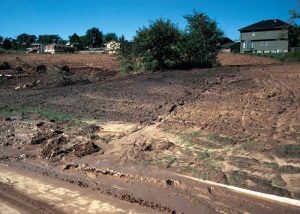 Trees absorb rainwater that would otherwise end up in the storm sewer along with sediment and pollutants. Trees have their own system of deterring the erosive action of rain. Rainwater is captured on the leaves of the tree where it is slowed and held briefly. This decreases the rate at which it falls to the ground giving it more time to absorb. The whole process is based on an increase in surface resistance. Once the rainwater reaches the ground, it is absorbed by an extensive root system. From here, it is eventually returned to the atmosphere through evapotranspiration. A study conducted by the forestry service shows that a nine year old saturated tree, 28 foot tall with a 19 foot crown is capable of intercepting and slowing over 68% of a half inch rainfall. That’s over 58 gallons of water. 100 mature trees can capture over 500,000 gallons of rainwater in a single year, and over a 50 year lifetime, one tree can control approximately $31,250 worth of soil erosion. Trees actually slow down and temporarily store runoff while promoting infiltration, decreasing flooding and erosion.
Trees absorb rainwater that would otherwise end up in the storm sewer along with sediment and pollutants. Trees have their own system of deterring the erosive action of rain. Rainwater is captured on the leaves of the tree where it is slowed and held briefly. This decreases the rate at which it falls to the ground giving it more time to absorb. The whole process is based on an increase in surface resistance. Once the rainwater reaches the ground, it is absorbed by an extensive root system. From here, it is eventually returned to the atmosphere through evapotranspiration. A study conducted by the forestry service shows that a nine year old saturated tree, 28 foot tall with a 19 foot crown is capable of intercepting and slowing over 68% of a half inch rainfall. That’s over 58 gallons of water. 100 mature trees can capture over 500,000 gallons of rainwater in a single year, and over a 50 year lifetime, one tree can control approximately $31,250 worth of soil erosion. Trees actually slow down and temporarily store runoff while promoting infiltration, decreasing flooding and erosion.
Over a 50 year lifetime, a tree can recycle nearly $37,500 worth of water, all the while reducing pollutants and protecting the environment. Trees intercept a significant amount of water during a rainfall event, as was previously discussed. Surface friction of the leaves slows the water enough to allow it time to soak into the root system of the tree. What isn’t used by the tree percolates through the ground and is filtered along the way. The larger the tree, the larger the root system meaning the water absorption is spread to a larger extent. Tree roots and vegetative litter create the type of soil environment perfect for infiltration. This process is particularly important in urban environments. With an increase in impervious surfaces, such as buildings, parking lots and asphalt, generally comes an increase in pollutants as well as greater volume and velocity of runoff. Trees increase infiltration which reduces the volume of runoff and all of its negative impacts such as erosion, pollution and sediment and allows the groundwater to recharge. And just how are the pollutants reduced through filtration? Trees “take up” nutrients and pollutants from soil and water through their root where the pollutants are eventually transformed into substances that are less harmful to the environment.
